Growing your own food is an exciting and wonderful adventure! But there’s more to it than just planting a garden. If you want to be successful, you will need to make some lifestyle changes as well!
I remember being a new homesteader and wondering what homesteading actually looked like for ordinary folks like you and me. Sure, we all see those sensational stories about a family who grew 5 bazillion tons of food on their small city lot.
Is that really what growing your own food is like? Is that truthful and realistic?
Frankly, I’m not sure. But I do know what has been true for us and I’m happy to share it openly and honestly. I recently posted about the moment when I realized just how much our small homestead has changed our life. I also talked about exactly how much of our own food we do grow currently on our 0.8 acre homestead and what we still buy from the store.
That post got a lot of attention, especially on Instagram – probably because I posted a pretty picture! I got a lot of questions from people, which I love! But I also want to share our story beyond the pretty pictures. So, first of all, I want to say that we are not perfect homesteaders and I never want it to seem like we have “all the answers”. But, I will always do my best to openly share anything and everything we do (even our mistakes!) in case it can help you on your own journey!
While it’s fun to be able to see the progress that we’ve made since we started this lifestyle change just about four years ago, there’s definitely more to it than just “go ye forth and grow all the foods”. ?
Growing your own food (and homesteading in general) is a lifestyle. Which means that you will probably have to make some priority changes to be successful at growing your own food. Every person is welcome to change as much or as little as they want. Along with dedication, there were also some realizations along the way that have made it possible for us to grow a large amount of our own food on such a small homestead.
Growing your own food: 8 principles that have helped us become successful
Expect and respect the seasonality of food
Our culture has done a fantastic job of making sure we have everything we want any time we want it. That’s because we are a consumeristic culture and the consumer is king.
Homesteading, on the other hand, takes everything that society has taught us since we were babies and flushes it down the toilet! ? Instead, it teaches us that we don’t always get what we want, and that includes food. And as it turns out, our bodies don’t want the same thing year-round either (possibly a reason we have so many food allergies now??).
Food is seasonal. All food! Show me one crop that grows year-round without ever taking a break. It’s just not the natural way of things, and we need to learn to expect that and respect that. We expect the seasonality of food by preserving the harvest when there is an abundance of food. And we respect the seasonality of food by realizing that everything has a season, and that during some seasons we will need to go without certain foods.
Read more about how we eat seasonally: Seasonal Eating: Free Guide + Checklists to Get You Started!
Change your eating habits
In order to meet the majority of your needs on a small homestead, you may need to change your diet! I always tell people that the secret to having a successful garden is to grow what you eat and eat what you grow. On a small homestead, you might not be able to raise beef. But you can raise a lot of veggies! So your diet may need to change to a more plant-based diet in order to utilize your harvest and become more self-sufficient.
This definitely requires a degree of discipline! I’m still tempted (and occasionally give in) to eating junk food that wasn’t grown on our homestead. And that’s okay. But it is important to be disciplined enough to ensure that the majority of the food we eat is healthy, nutritious food and that our harvest isn’t wasted by giving into the convenience of prepared foods every day.
Learn to cook
Like, really learn to cook. Throw the recipe book out the window! Because I guarantee you that there is no recipe for those times of year when all you have on hand is eggs, dried beans and frozen green beans from last year!
Learn to cook like there isn’t a grocery store or internet available to help you. Taste things and learn about flavors. Experiment with new ways to cook with the bits and pieces that most would consider waste (ever eaten pumpkin leaves?). Learn a million different ways to prepare the same thing, like zucchini or green tomatoes. Make mistakes! Just keep trying.
Cooking is a lifelong learning process, especially when you grow your own food! Because you will find very few recipes that are based around the exact foods that you have at your disposal! Certain times of year, you’ll have way too much food, and other times, there won’t be enough! The challenge is learning how to make the most of it without running to the store for extra ingredients.
When you do buy, buy local whenever possible
Every homesteader still has to buy things. It’s crazy to believe that we can grow and source everything we need. But here’s the coolest part: when we do buy things, we have the opportunity to support others just like us!
Buying as directly from farmers and artisans as possible supports people just like you and me! It also sends a message to corporate America that we are tired of their consumeristic culture and that we are more willing to support our fellow humans than their profits. If that isn’t powerful, I don’t know what is!
Get the fam on board!
Let’s face it, we can’t do this alone. If your significant other or your family isn’t on board, it’s going to be a very difficult journey. Holding each other accountable is so important! And building a homestead can be such a special thing to experience together!
If your loved ones are on the fence, encourage them to participate at their own pace. Invite them on the journey with you, rather than forcing it upon them. It may take some time, but hopefully they will learn to love it too!
Be strategic with your land
Designing a homestead isn’t easy! And whether you have 0.2 acres or 200 acres, you need to be strategic about the way you design your homestead. However, this is especially important for small homesteads. The smaller the homestead, the more strategic you will need to be in order to maximize the space you have available. Here’s a look at how our 3/4 acre homestead is laid out.
My advice: Learn as much as you can about every form and type of gardening. Take a permaculture design class. Research what other people are doing. Ask for help. Visit both rural and urban gardens and homesteads.
There are so many opportunities to learn and improve your skills! Start with free online resources and your local extension office. And as your skills grow, you may even consider investing in professional education, like a permaculture design program.
Take all those new ideas and skills back to your own homestead! Keep the ones that work and throw out the ones that you don’t! Every homestead is different and you get to make yours fit your life like a glove! Just because I do things a certain way, doesn’t mean it will work for anyone else. Which is why you need to continually experiment. And I guarantee you that you will learn the most from the failed experiments, not the successful ones!
Realize that complete self-sufficiency isn’t the goal
I believe that complete self-self-sufficiency is a myth! To think that we could ever meet our own needs 100% isn’t realistic. There’s no reason to be sad about this either! We humans are created to be a community. Sure, we all have days when we’re tempted to move to the woods and begin our professional hermit lives, but ultimately, we are here to help each other! That’s why we all have different strengths and weaknesses.
Homesteading was never supposed to be a lonely, isolating affair. If anything, it’s a way to reconnect with our human brothers and sisters in the most traditional sense: by creating a community based around serving and helping each other to ensure survival for us all. Finding other passionate people to learn from and grow with will enhance your life and your homestead!
You will be a loser
It would be great if we could all live in an Instagram world of pretty pictures and successes. But we don’t. Plants die and animal die and we get tired and we get cranky. These are things that we can’t always share publicly.
In reality, homesteading will teach you how to be a loser, not a winner. You will feel your failures stronger than you will feel your successes. And that is how we become successful. Not by winning, but by losing (a lot!) and learning from it. (Read more about that here: Modern Homesteading: Why I Kissed the Convenient Life Goodbye)
I’ve learned to never expect anything to be successful. And I don’t mean that in a pessimistic way, but rather a realistic way.
When I plant 15 squash plants, I say “Maybe we’ll have enough to put away for winter this year” because there have been years when the squash bugs and mildew consumed all of our plants.
When we breed our goats, I say “Maybe we will have some kids to sell and milk to drink” because I know that kids can die and mastitis can wreak havoc on a milking season.
When our fruit trees bloom, I say “Maybe we will have enough fruit to freeze and to make preserves from” because there have been years of late snow and low pollination.
If you’ve ever wondered how to become more humble: let nature teach you. You will quickly learn that you aren’t in control of anything in your life and that plans are only plans. And that’s okay, because you will also learn how to adapt.
Nature isn’t just teaching you how to grow things, it’s teaching you how to live your life.
What principles have you learned while growing your own food? What “truths” do you have to share? Let us know in the comments!
Wanna help a sister out? Pin this post!

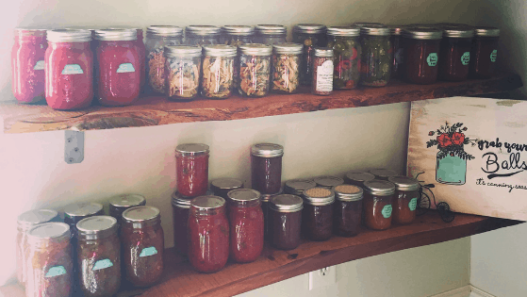
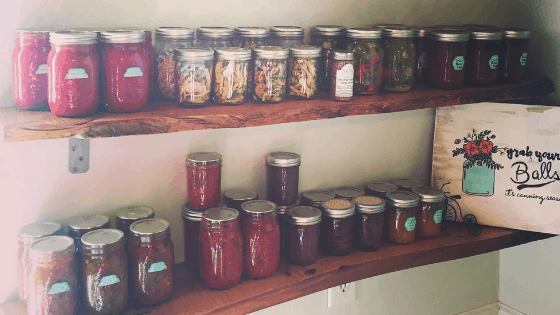


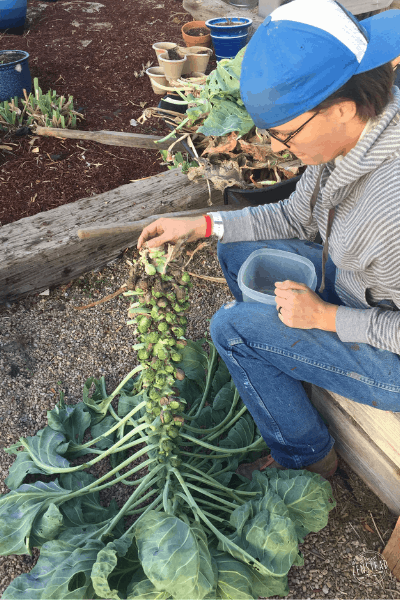








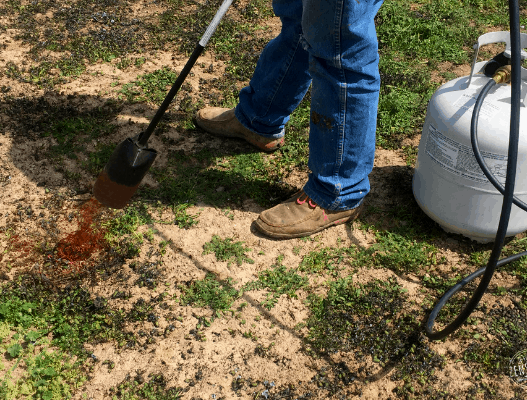
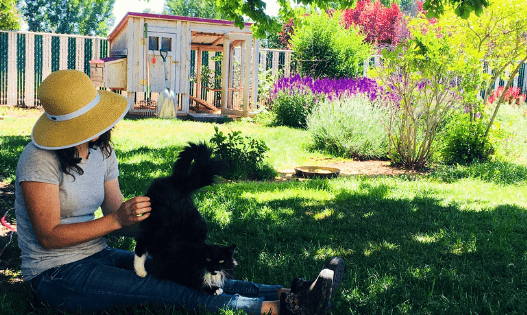

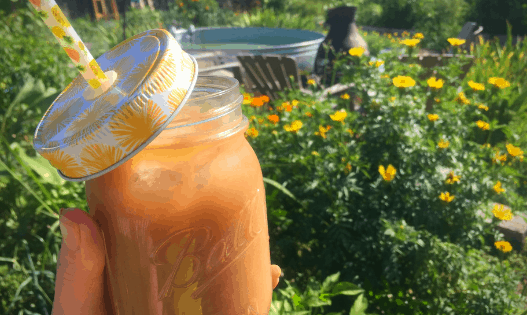
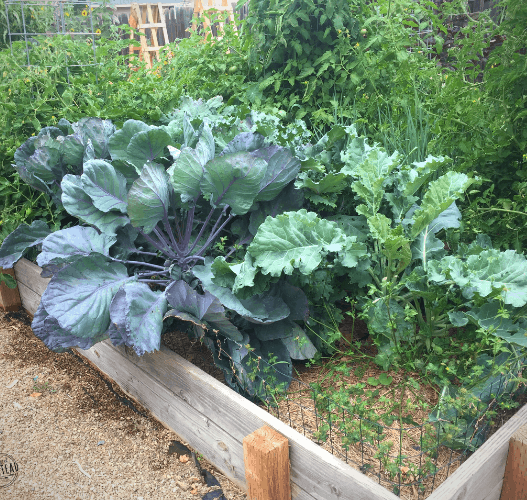
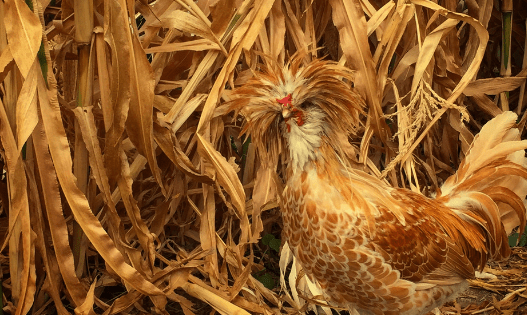
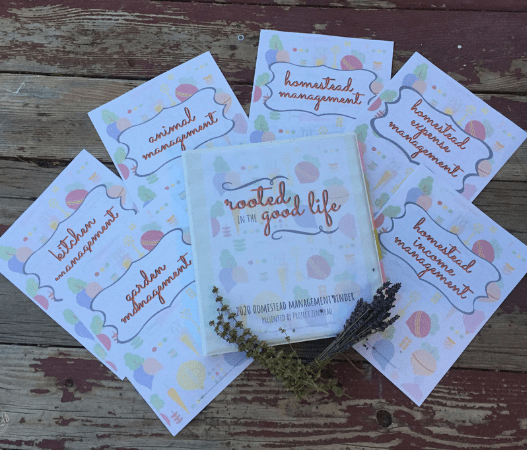
great post! 🙂
Thank you! ☺️
Wow! I love this! Thank you so much for sharing and for all of your honesty. We are wanting to be more self-sufficient and working towards it.
It’s an awesome feeling! Definitely different than what you day dream about, but oh so worth it! ♥️
Growing our own food gives me such a good feeling! Accomplishment, self-sufficiency, knowledge of where the food comes from, etc. So awesome! Thanks for getting the word out and inspiring others!
I think homesteading is not for everybody. One has to realize how much time and energy he is going to invest in this lifestyle. But for those who are willing to do it, there is no way back. I am not a homesteader but I think it’s a rewarding and fulfilling life path in its own way.
I completely agree! It’s definitely a different way of life and it’s not for everyone. But for those who do it, I believe it makes you a stronger person – mentally, physically and emotionally! 🙂